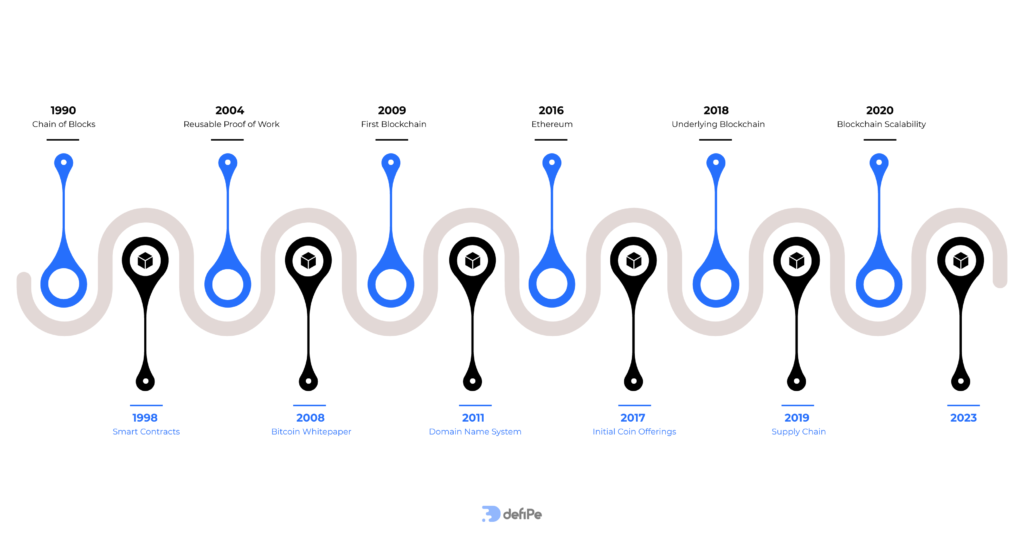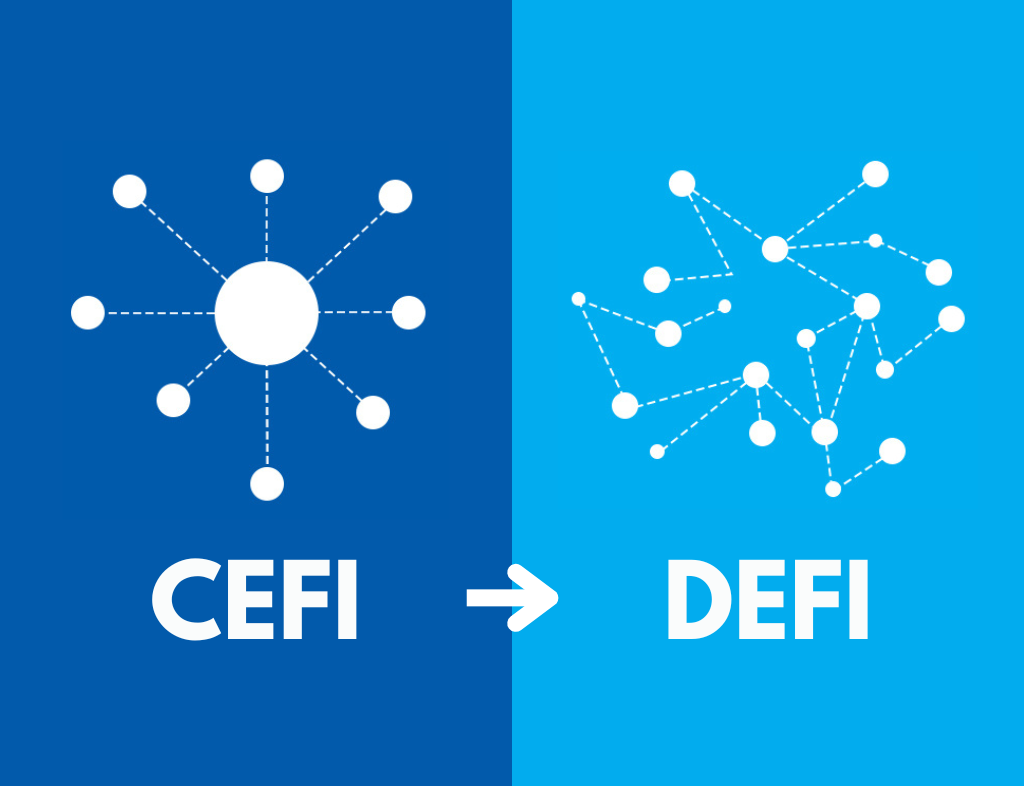Tracing the Evolution and Impact of Blockchain Technology
In the landscape of modern innovation, few advancements have captured the collective imagination quite like blockchain technology. From its humble beginnings to its current status as a cornerstone of the digital age, the history of blockchain is a tale filled with intrigue, ingenuity, and boundless potential. Join us as we start on a journey through time, unraveling the intricate threads of its evolution and exploring the profound impact it has had on industries around the globe.

Table of Contents
The Genesis of Blockchain
The roots of blockchain can be traced back to a seminal whitepaper published in 2008 by an enigmatic figure known as Satoshi Nakamoto. Titled “Bitcoin: A Peer-to-Peer Electronic Cash System,” this document laid the groundwork for what would become the world’s first cryptocurrency and the underlying technology that powers it.
The Birth of Bitcoin epitomizes the history of blockchain
In January 2009, the first block of the Bitcoin blockchain, known as the “genesis block,” was mined, marking the birth of the world’s first decentralized digital currency. Bitcoin’s revolutionary design, which relied on a distributed ledger to record transactions in a transparent and immutable manner, captured the attention of technologists, investors, and enthusiasts alike.
The Expansion of Blockchain Beyond Bitcoin
While Bitcoin was the catalyst for blockchain’s emergence onto the global stage, its potential extended far beyond the realm of digital currency. Developers began to explore alternative use cases for blockchain technology, recognizing its ability to facilitate secure and transparent transactions across a wide range of applications.
Smart Contracts and Ethereum
In 2015, Ethereum, a decentralized platform that enabled the creation of smart contracts and decentralized applications (DApps), was launched. Smart contracts are self-executing contracts with the terms of the agreement directly written into code. This innovation opened the door to a multitude of possibilities, from decentralized finance (DeFi) to supply chain management and beyond.
The Rise of Enterprise Blockchain
As blockchain technology matured, businesses began to recognize its potential to streamline operations, enhance security, and drive efficiency. Consortiums and enterprises around the world started experimenting with private and permissioned blockchain networks tailored to their specific needs, leading to the emergence of enterprise blockchain solutions.
Blockchain Goes Mainstream
In recent years, blockchain technology has transitioned from the fringes of innovation to the forefront of mainstream consciousness. Major corporations, financial institutions, and governments have begun to embrace blockchain, recognizing its potential to revolutionize industries ranging from finance and healthcare to logistics and beyond.
Challenges and Opportunities Ahead
Despite its remarkable growth and potential, blockchain technology still faces significant challenges. Scalability, interoperability, regulatory uncertainty, and environmental concerns are just a few of the hurdles that must be overcome for blockchain to reach its full potential.
However, with these challenges come opportunities for innovation and progress. As developers, entrepreneurs, and visionaries continue to push the boundaries of what’s possible, the future of blockchain remains bright.
Conclusion
The history of blockchain is a testament to human ingenuity and the relentless pursuit of progress. From its humble origins as the foundation of Bitcoin to its current status as a transformative force shaping the future of technology and finance, blockchain has come a long way in a remarkably short time.
As we look ahead to the next chapter in its evolution, one thing is clear: the story of blockchain is far from over. With each passing day, new breakthroughs, applications, and opportunities emerge, promising to usher in a future that is more secure, transparent, and decentralized than ever before.

Share this content:

